Welcome to the ultimate showdown of red wine grape varieties – Grenache vs. Garnacha! These two names may sound like distant cousins, but they are in fact different expressions of the same grape, each with its own unique characteristics and cultural significance. As we delve into the world of these beloved red wine grapes, prepare to uncover a tale of tradition, terroir, and taste that will challenge your understanding of wine varietals.
Understanding Garnacha Wine
Garnacha wine, also known as Grenache, is a versatile and complex variety that has gained popularity among wine enthusiasts in recent years. Originating in Spain, Garnacha grapes thrive in hot and dry climates, producing full-bodied wines with rich fruit flavors and subtle earthy undertones. This grape varietal is widely cultivated in regions like Aragon, Catalonia, and Priorat, where it’s often used to create bold red blends or expressive rosé wines.
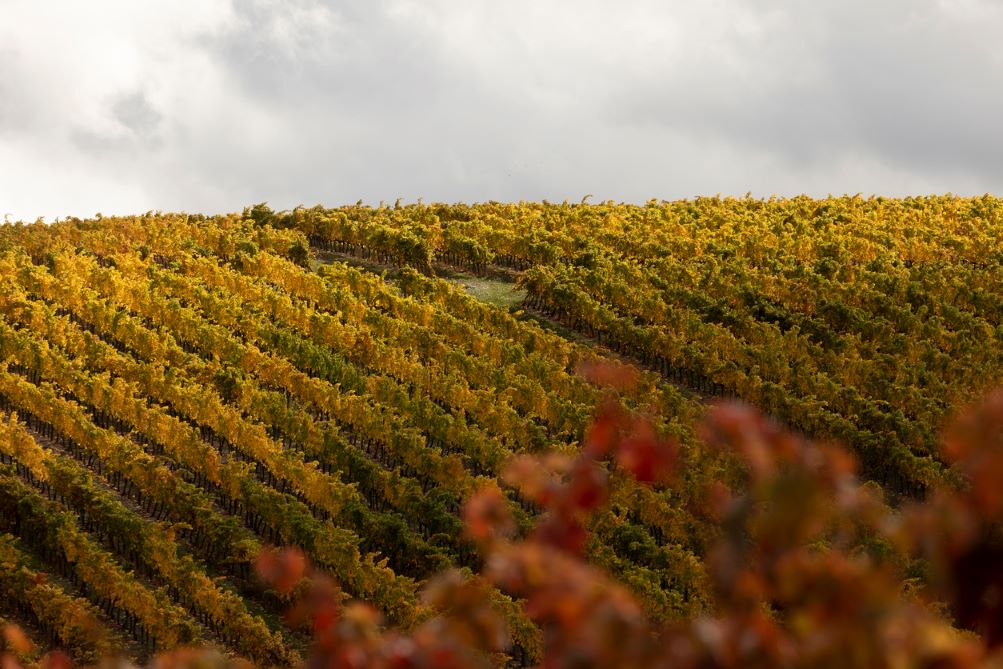
What sets Garnacha wine apart is its ability to mirror the terroir of its growing region while maintaining its distinctive characteristics. Its adaptability allows winemakers to craft a diverse range of styles from light and fruity to deeply structured expressions. Furthermore, the increasing focus on old-vine Garnacha has brought about a resurgence of interest in this grape as it yields wines with intense concentration and layers of complexity.
As consumers seek more unique and authentic experiences, Garnacha wine presents an exciting opportunity to explore the dynamic world of Spanish winemaking.
Garnacha Wine in Spain
Garnacha, also known as Grenache, is a versatile and alluring wine that has deep roots in Spain. This noble grape varietal thrives in the hot and arid climate of regions like Priorat and Calatayud, producing wines with rich fruit flavors and spicy undertones. One of the most fascinating aspects of Garnacha wine is its ability to express a wide spectrum of flavors depending on where it’s grown – from bold and robust to elegant and refined.

In recent years, there has been a resurgence in interest for old-vine Garnacha, with winemakers in world wine regions rediscovering the potential of this historic grape variety. As consumers seek out more authentic and distinctive wines, the unique terroir-driven expressions of Garnacha are gaining attention for their complexity and depth.
Winemaking in Garnacha vineyards
The revival of artisanal winemaking practices has further propelled Garnacha to the forefront of Spanish viticulture. With an emphasis on sustainable farming methods and minimal intervention techniques, producers are crafting expressive wines that capture the essence of their terroir. An emerging trend is the exploration of high-altitude vineyards for Garnacha cultivation, leading to wines with heightened acidity and pronounced minerality.
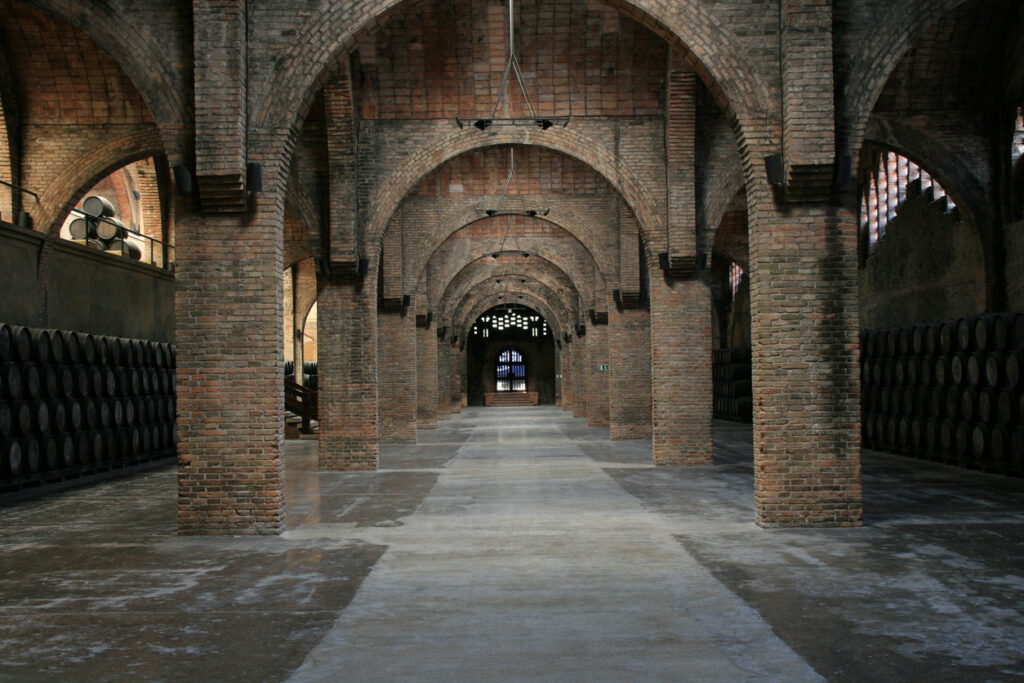
Additionally, the increasing focus on single-vineyard bottlings showcases the individualistic character of Garnacha from different plots within a region. Whether as a standalone single varietal wines or blended with other grapes such as Tempranillo or Carinena, Garnacha continues to captivate wine enthusiasts seeking dynamic flavors rooted in tradition yet
Understanding Grenache Wine
Grenache wine, often referred to as Garnacha in Spain, is a versatile and thrilling varietal with a rich history. Known for its luscious red fruit flavors and spicy undertones, Grenache is celebrated for its ability to adapt to various winemaking styles. With origins traced back to the Aragon region of northern Spain, this grape has found widespread success across the globe, from the sun-drenched vineyards of California to the rolling hills of southern France.

Grenache and Terroir
One of the most intriguing aspects of Grenache wine is its uncanny ability to express terroir. The grape’s sensitivity to soil and climate variations results in diverse expressions that captivate wine enthusiasts worldwide. Whether it’s a bold and opulent Châteauneuf-du-Pape or an elegant Spanish Garnacha, each bottle offers a unique glimpse into the land where it was grown. This connection between earth and glass underscores Grenache’s allure, making it a compelling choice for both seasoned oenophiles and curious newcomers alike.

In recent years, winemakers have been rediscovering Grenache’s potential by crafting single-varietal bottlings that showcase its seductive charm. By highlighting its plush texture, vibrant acidity, and alluring spice notes, these wines are redefining Grenache as more than just a blending grape. As consumers continue to seek out distinctive and authentic experiences in their glasses, it’s no surprise that Grenache remains at the forefront of this exciting movement towards exploration and
Where Does Grenache Wine Come From?
Grenache, also known as Garnacha in Spain, has a rich and diverse origin story. Thought to have originated in the region of Aragon in northern Spain, Garnacha spread throughout the Mediterranean, gaining popularity in regions like France’s southern Rhône Valley and Australia. Renowned for its bold fruit flavors and high alcohol content, Grenache thrived in warm climates and has become a staple in winemaking around the world.
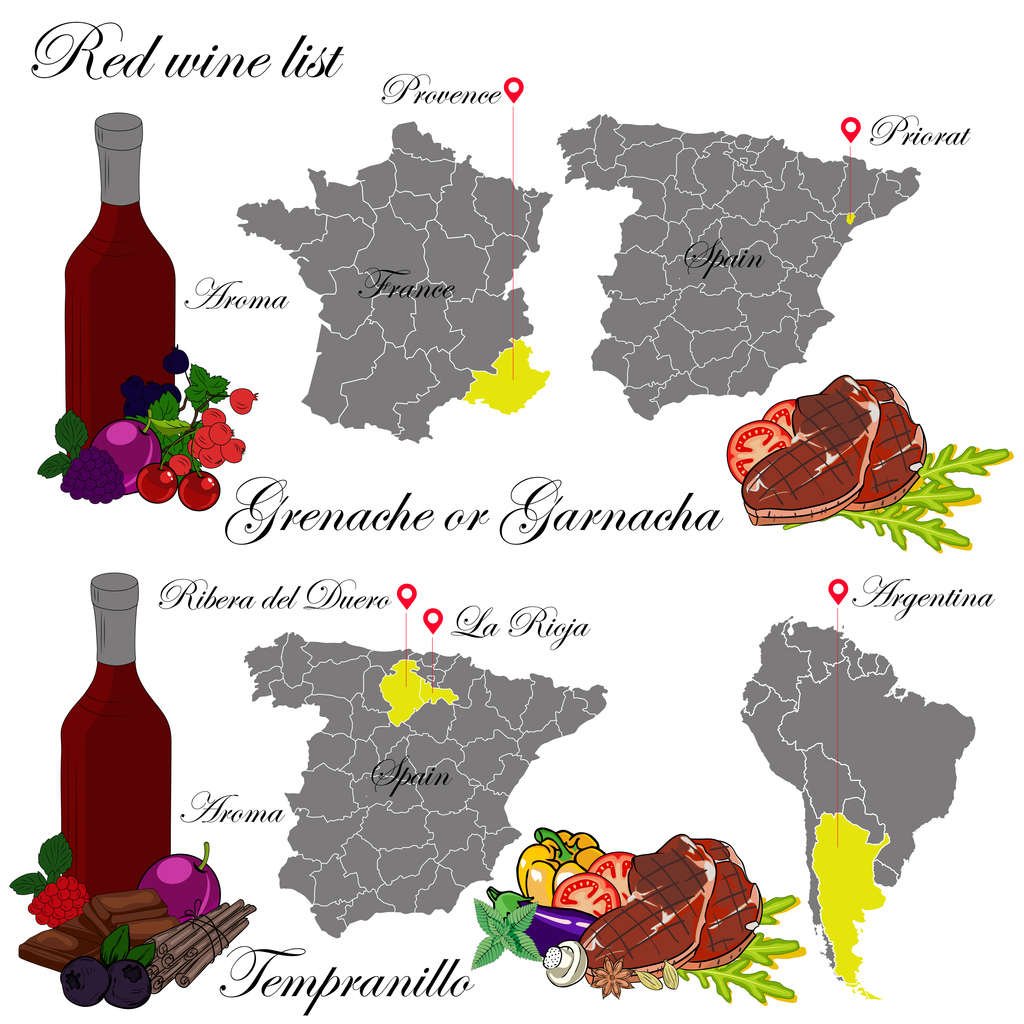
However, recent DNA research has suggested that Grenache vines may not have solely originated from Spain. Studies show that it shares genetic similarities with other ancient varieties from Sardinia and southern Italy. This discovery challenges the traditional narrative of Grenache originating solely from Spain and highlights its complex origins that span across different regions of the Mediterranean. These findings open up new possibilities for understanding Grenache’s history and how it came to be such an influential grape variety globally.
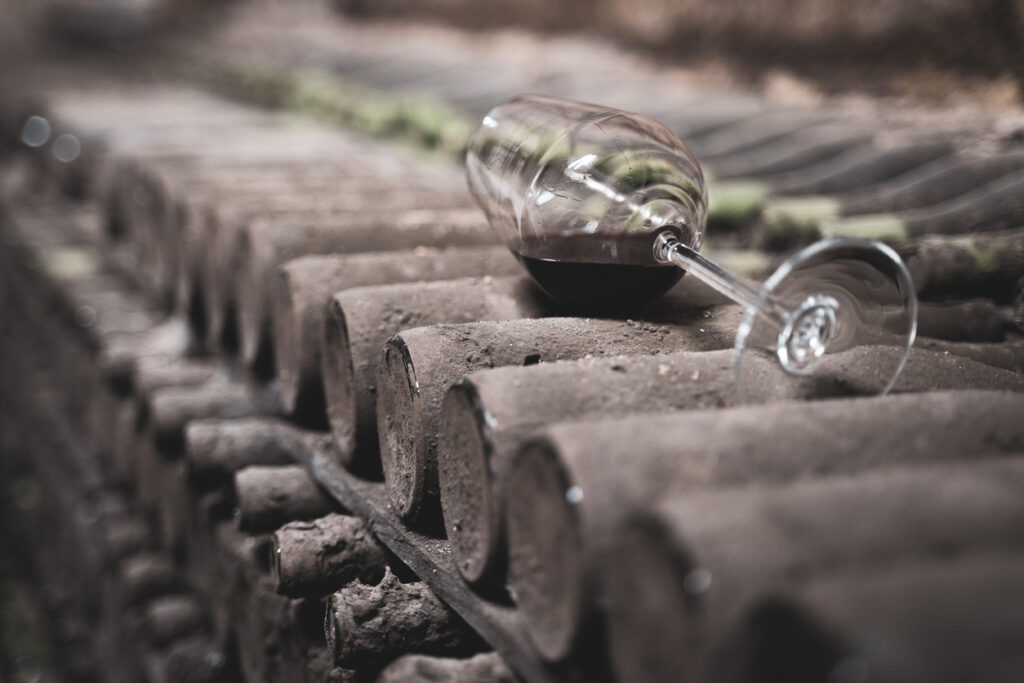
The migration of Garnacha to different wine regions illustrates its adaptability and resilience. The grape’s ability to thrive across warmer climates and varied terrains showcases its versatility – producing everything from light rosés to full-bodied red wines. As winemakers continue to experiment with different terroirs and winemaking techniques, Grenache’s historical journey serves as a reminder of its enduring influence on the world of wine.
Grenache Varieties
Garnacha, also known as Grenache, is one of the most widely planted grape varieties in the world and comes in several different forms. While red Garnacha is the most common, there are also white and black variants that each offer their unique characteristics.
Black and white Garnacha
White Garnacha is known for its crisp acidity and citrusy flavors, often used to produce refreshing wines with notes of apple and pear. On the other hand, grenache noir or Garnacha tinta is distinguished by its intense color and bold tannins, making it a popular choice for blending in red wine production.
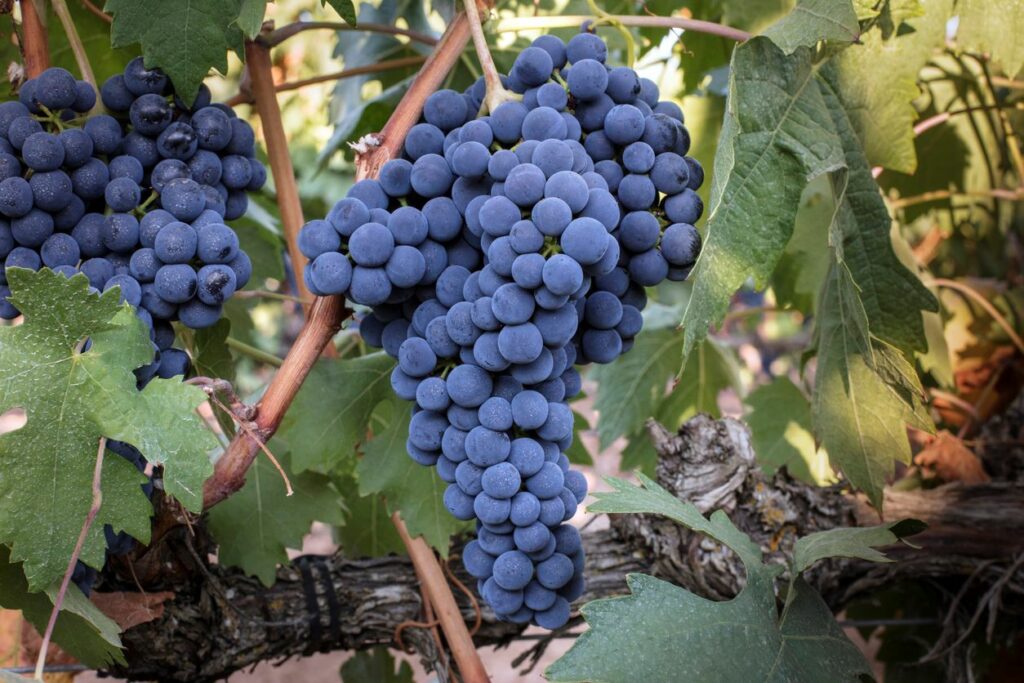
The diversity among Garnacha varieties provides winemakers with a wide range of possibilities for creating complex and multi-dimensional wines. The white variety offers a lightness that contrasts with the rich depth brought by both black and red Garnacha. This interplay allows for exciting combinations that elevate the overall drinking experience. Whether enjoyed alone or blended with other grape varieties, discovering the distinct qualities of each type of Garnacha adds an intriguing layer to wine appreciation.
Tasting the Flavor of Garnacha: What Does Grenache Taste Like?
Garnacha wine is known for its bold and robust flavor profile. When you take a sip of Garnacha, you’ll immediately notice its rich, ripe fruit flavors. Think juicy red and blackberries, alongside hints of black cherry, and plum that offer a sweet yet complex taste experience. These luscious fruit notes are often accompanied by a subtle spiciness, with hints of black pepper and clove adding an exciting depth to the wine’s overall flavor.

Furthermore, the velvety texture and smooth tannins of Garnacha make it an incredibly enjoyable wine to savor. It has a surprisingly refreshing acidity that balances out the richness of the fruit flavors, resulting in a well-rounded and harmonious taste. Additionally, some Garnacha wines display earthy undertones, reminiscent of leather or tobacco, adding another layer of complexity to this versatile varietal. As you explore different bottles of Garnacha, you’ll encounter variations in taste influenced by factors such as terroir and aging techniques – each offering a unique sensory journey worth embarking on.
Why Should You Drink Grenache Wine?
Grenache wine, with its rich history and complex flavors, offers a truly unique drinking experience. Its versatility in both red and rosé forms makes it suitable for a variety of occasions, from casual gatherings to formal events. The robust yet smooth profile of Grenache rosé wine pairs seamlessly with a wide range of foods, from bold cheeses to savory meats, making it an ideal choice for dinner parties or intimate meals.
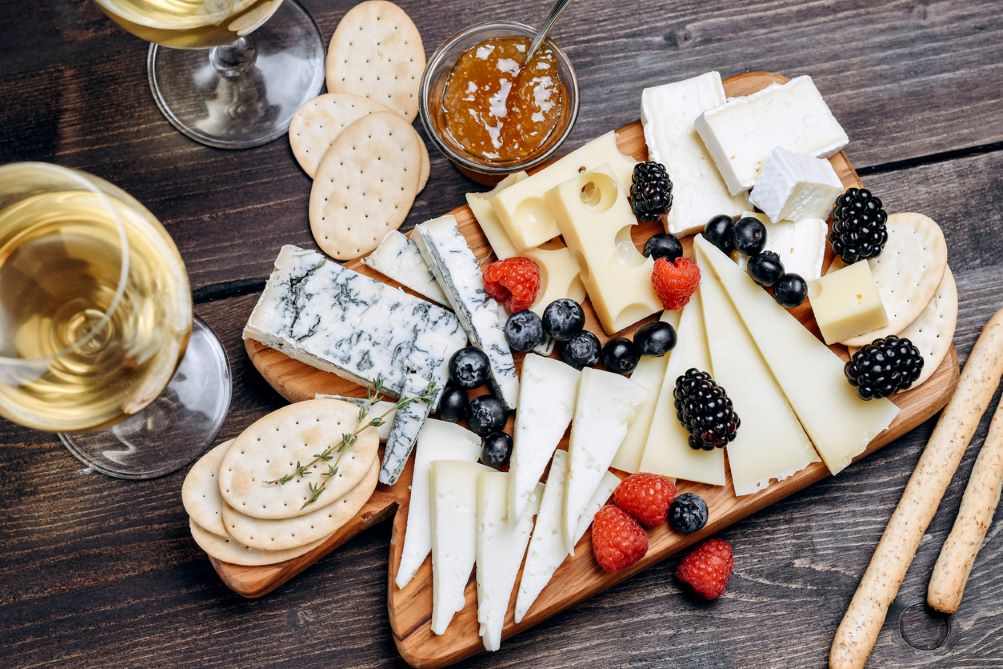
Furthermore, the growing popularity of Grenache wine signifies a shift towards appreciating lesser-known grape varieties and exploring new terroirs. By indulging in this underrated gem, you not only broaden your palate but also support small winemakers and their commitment to preserving traditional viticulture methods. Additionally, the distinct characteristics of Grenache—such as its inherent spiciness and bright acidity—have piqued the interest of sommeliers and casual drinkers alike, offering a refreshing departure from predictable flavor profiles. Immerse yourself in the allure of Grenache wine and delight in its charming complexity – you may just discover your new favorite varietal.
What Does Grenache Taste Like?
Grenache wine is known for its luscious and fruity profile, often exhibiting flavors of bright red berries such as strawberries, raspberries, and cherries. Its unique aroma also includes hints of herbs, spices, and floral notes, adding a layer of complexity to the wine. The wine’s high alcohol content gives it a warming sensation on the palate, while its soft tannins contribute to a smooth and velvety texture. Additionally, Grenache wines can display subtle earthy undertones and a touch of sweetness that enhances the overall drinking experience.

Moreover, Grenache from wines produced from different regions can showcase variations in flavor profile – those from Spain may highlight savory characteristics like dried herbs and leather, whereas those from France could emphasize more mineral-driven notes with a touch of pepper. Regardless of origin, Grenache wine often boasts a delightful balance between fruitiness and earthiness that makes it versatile and enjoyable for both casual sipping or pairing with a wide range of cuisines. This dynamic interplay of flavors makes Grenache an intriguing choice for wine enthusiasts seeking an exploration of diverse taste experiences.
Role of Granche in the GSM blends
Grenache, often considered the unsung hero of GSM blends, plays a crucial role in shaping the complexity and character of these wines. Its juicy red fruit flavors and subtle spiciness add depth and vibrancy to the blend, complementing the structure provided by Syrah and adding a softness to the overall profile. Additionally, Grenache’s high alcohol content can contribute to the body and richness of GSM wines, creating a well-rounded mouthfeel that lingers on the palate.
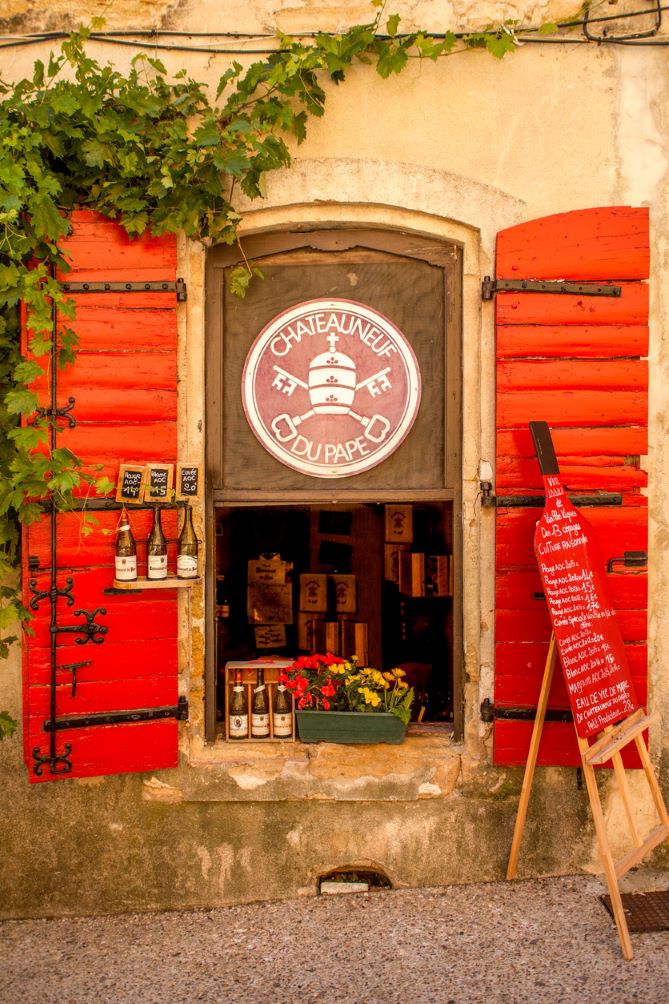
Moreover, Grenache brings an alluring aromatic quality to GSM blends, with its notes of raspberries, strawberries, and hints of dried herbs. This unique fragrance not only enhances the bouquet but also adds an enticing layer to the tasting experience. Furthermore, Grenache’s natural ability to thrive in warm climates makes it a perfect fit for many regions where GSM blends are produced, ensuring consistent quality and expression across different vintages.
Grenache food pairings
Grenache, with its versatile and fruity profile, offers a wide range of food pairing possibilities. Its medium body and moderate tannins make it an excellent match for a variety of dishes. When pairing Grenache with food, consider its flavors of red berries, herbs, and spice. For a delightful combination, try it with grilled lamb chops seasoned with rosemary and thyme. The wine’s natural acidity complements the richness of the meat while enhancing the flavors.
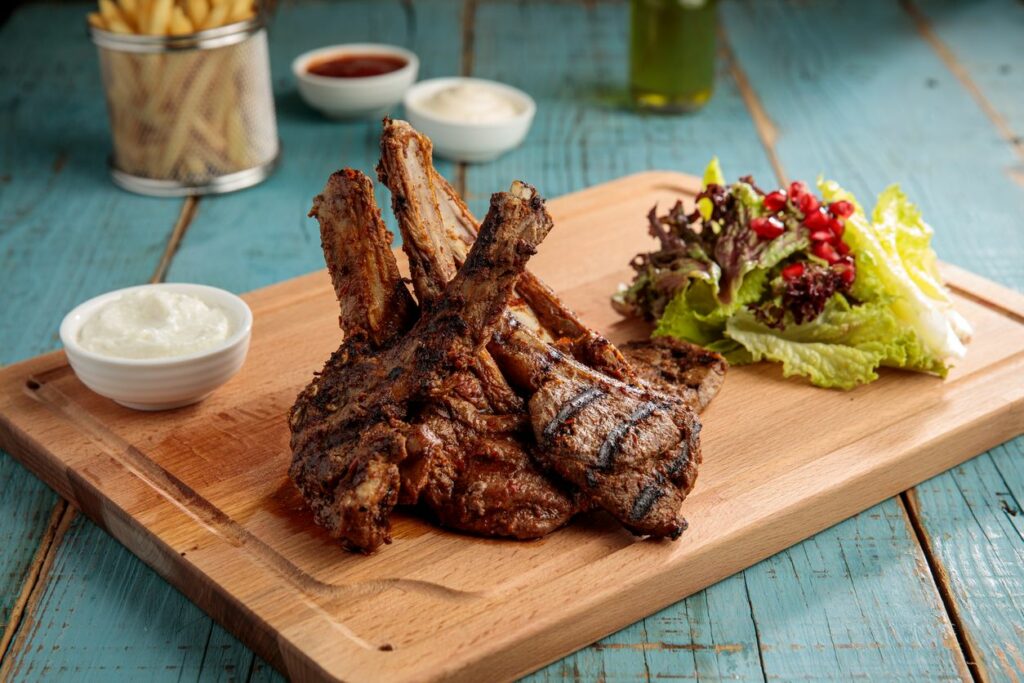
Another fantastic Grenache pairing is with spicy or savory foods. The wine’s fruit-forwardness can stand up to bold flavors like barbecue ribs or spicy chorizo sausages. The subtle sweetness in some red Grenache still wines can also balance out the heat in these dishes for a harmonious dining experience. Additionally, seafood lovers can explore pairing Grenache with grilled salmon or paella—a delightful fusion that highlights the wine’s earthy undertones alongside seafood’s delicate flavors.

In conclusion, exploring Grenache red wine and food pairings opens up a world of culinary delights. Whether you’re enjoying a hearty meal or indulging in lighter fare, this versatile varietal lends itself to numerous gastronomic experiences that will undoubtedly delight your palate as well as enhance your appreciation for this beloved grape variety.
Garnacha food pairings
Garnacha, also known as Grenache, is a versatile and food-friendly wine that compliments a wide range of dishes. Its fruity and spicy notes make it a perfect match for savory and spicy foods such as barbecue ribs, grilled sausages, or spicy meat-based stews. The natural sweetness and high alcohol content of Garnacha can also balance out the spiciness of dishes like Indian curry or Szechuan stir-fry.
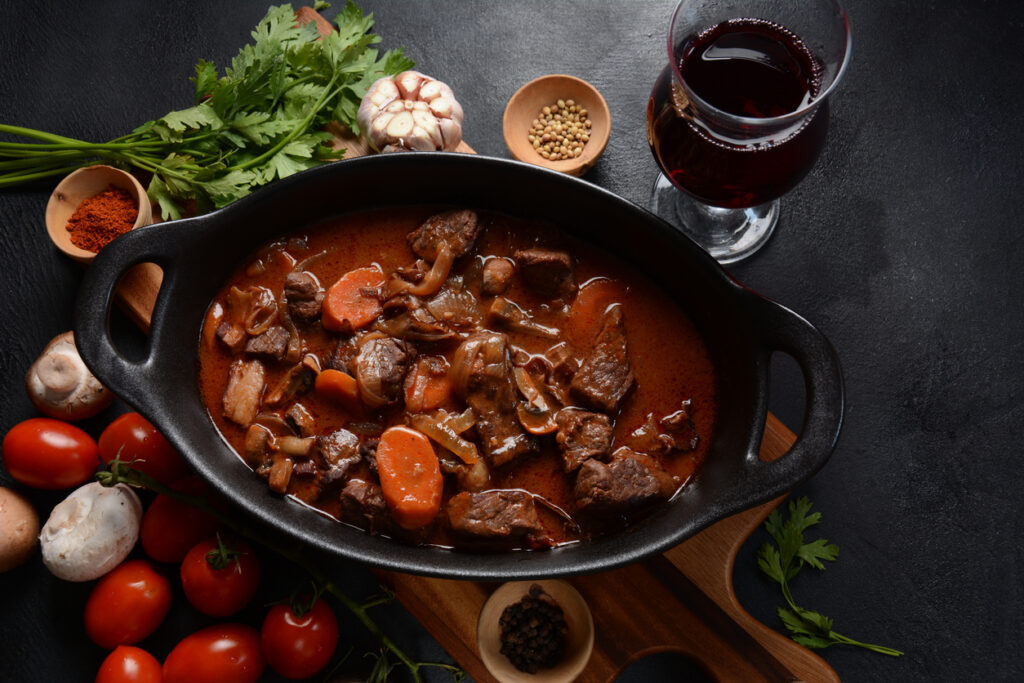
For cheese and wine lovers everywhere, Garnacha pairs beautifully with aged cheeses such as Manchego or Gouda. The wine’s bold flavors complement the nuttiness and sharpness of these cheeses, creating an indulgent tasting experience. Furthermore, Garnacha’s acidity can cut through the richness of creamy blue cheeses like Roquefort or Stilton, enhancing the overall flavor profile.

When it comes to desserts, the fruit-forward characteristics of Garnacha make it a delightful companion to berry tarts, chocolate truffles, or poached pears. Its luscious sweetness harmonizes with the more fruity flavors and chocolatey notes of these desserts without overpowering them. Additionally, serving a slightly chilled glass of Garnacha alongside these sweets can provide a refreshing contrast to their decadent flavors.
Conclusion
The debate between Grenache and Garnacha showcases the rich history and diverse expressions of this versatile grape varietal. From their origins in Spain and France to their global presence today, both versions offer unique flavors and characteristics that appeal to different palates.
Whether you prefer the lighter, fruit-forward style of Grenache or the bold, spicy notes of Garnacha, it’s clear that both varieties have a place in the world of wine. Ultimately, exploring these two variations side by side can provide a deeper appreciation for the complexities of this grape and its ability to adapt to various terroirs.
So next time you’re selecting a bottle of wine, consider trying both Grenache and Garnacha to truly experience the range of flavors this grape has

